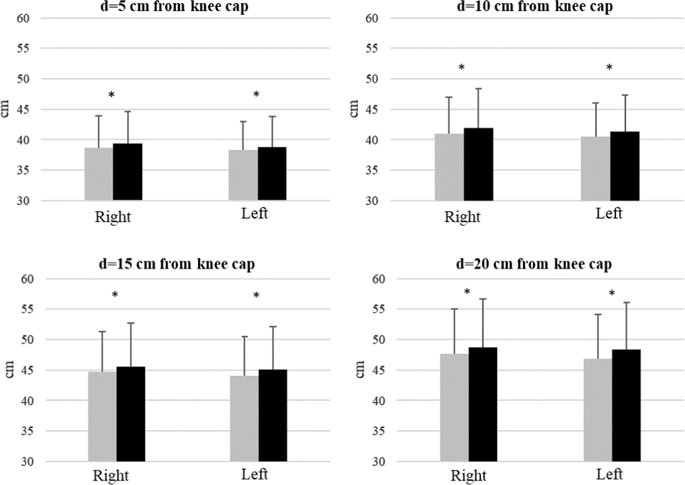Spinal Cord ( IF 2.2 ) Pub Date : 2020-04-06 , DOI: 10.1038/s41393-020-0454-2 Giulia Stampacchia 1 , Matteo Olivieri 1 , Alessandro Rustici 1 , Carla D'Avino 1 , Adriana Gerini 1 , Stefano Mazzoleni 2

|
Study design
Prospective, quasi-experimental study, pre- and post-design, single arm study.
Objectives
Investigate whether persons affected by SCI can safely experience walking function using Robotic Exoskeletons and Functional Electrical Stimulation (FES).
Setting
Inpatient
Methods
52 persons with SCI were recruited (36 completed the protocol) and assigned to one of two groups based on their Lower Limb Motor Scores (LEMS): Group A: LEMS ≥ 10 and Group B: LEMS < 10. Participants in Group A (n = 19) underwent 20 sessions of Robot-Assisted Gait Training (RAGT) on a treadmill followed by 20 sessions of FES during Overground Gait (FES-OG). Participants in Group B (n = 17) received 20 sessions of FES-cycling followed by 20 sessions of overground RAGT. The main outcome measures were: WISCI-II, 10MWT, 6MWT, TUG and SCIM-II.
Results
36 persons completed the study with no complications; only 4 of the 16 dropped out because of mild complications during the RAGT. Participants in Group A exhibited significant improvements in WISCI-II, 10MWT, 6MWT and TUG (p < 0.05), while those in Group B did not significantly improve their gait function but their walking velocity and resistance with the assistance of the robotic exoskeleton increased. SCIM-II scores increased followed therapy only in Group A.
Conclusions
Persons affected by SCI can safely experience their walking function with RAGT and FES therapy; only few mild complications were observed. Our data provides initial evidence of the potential value of these technologies, especially in persons with SCI having LEMS > 10.
中文翻译:

使用创新技术对脊髓损伤患者进行步态康复:一项观察性研究。
学习规划
前瞻性,准实验研究,设计前和设计后,单臂研究。
目标
研究受SCI影响的人是否可以使用机器人外骨骼和功能性电刺激(FES)安全地体验步行功能。
设置
住院病人
方法
52人用SCI被招募(36完成协议)和分配给基于其下肢运动成绩(LEMS)2个基团之一:A组:LEMS≥10和B组:LEMS <10.与会者A组(Ñ = 19)在跑步机上进行了20节机器人辅助步态训练(RAGT),然后在地面步态(FES-OG)中进行了20节FES。B组(n = 17)的参与者接受了20场FES骑行,其后是20场地面RAGT。主要结果指标为:WISCI-II,10MWT,6MWT,TUG和SCIM-II。
结果
36人完成了研究,没有任何并发症;16例中只有4例因RAGT期间的轻度并发症而退出。A组参与者的WISCI-II,10MWT,6MWT和TUG表现出显着改善(p <0.05),而B组参与者的步态功能没有明显改善,但步行速度和抵抗力在机器人外骨骼的帮助下增加了。仅在A组中,SCIM-II分数随治疗而增加。
结论
受SCI影响的人可以通过RAGT和FES治疗安全地体验其步行功能;仅观察到轻度并发症。我们的数据提供了这些技术潜在价值的初步证据,特别是对于LEMS> 10的SCI患者。


























 京公网安备 11010802027423号
京公网安备 11010802027423号